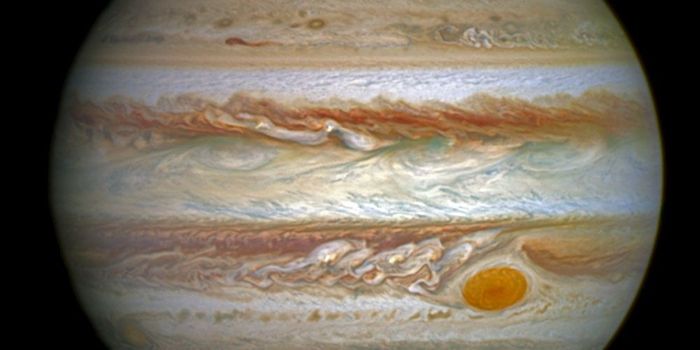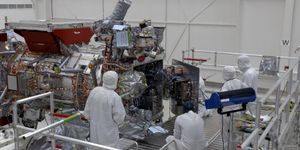Moon's Hidden Fragments: Unraveling the Mystery of Near-Earth Asteroid Kamo`oalewa
A recent study published in Communications Earth & Environment examines how the Earth’s Moon could be the source of the near-Earth asteroid (NEA), Kamo`oalewa (also known as 469219 Kamo`oalewa), which was first discovered in April 2016 and is approximately 0.02 miles in diameter. While the longstanding hypothesis is that NEAs originate from the asteroid belt that orbits beyond Mars, researchers at the University of Arizona (UArizona) have analyzed the reflection characteristics of Kamo`oalewa to better understand its true origin.
"We are now establishing that the moon is a more likely source of Kamo`oalewa," said Dr. Renu Malhotra, who is a Regents Professor of Planetary Sciences at UArizona and a co-author on the study.
This study builds on a 2021 study that discovered the reflection properties of Kamo`oalewa matched those of the Moon, which caused speculation that Kamo`oalewa could have been produced from a meteoroid impact on the lunar surface. Another reason for this study was Kamo`oalewa is designated as a quasi-satellite of Earth, meaning while it orbits the Sun, its unique orbit gives the illusion that it orbits the Earth.
For the study, the researchers used computer simulations that calculated the gravitational forces for all the planets in the solar system and discovered that some of the shrapnel that was expelled from the Moon during an impact within the last few million years could have created Kamo`oalewa.
The Moon is constantly being bombarded by impacts from micrometeoroids, but larger impacts occurred as recently as a few million years ago. While some of these fragments get pulled in by Earth’s gravity and burn up in our atmosphere, this study demonstrates that some could escape the gravitational influences of both planetary bodies and get grabbed by the Sun’s gravitational influence instead.
"We looked at Kamo`oalewa's spectrum only because it was in an unusual orbit," said Dr. Malhotra. "If it had been a typical near-Earth asteroid, no one would have thought to find its spectrum and we wouldn't have known Kamo`oalewa could be a lunar fragment."
Going forward, the team hopes to investigate the age of Kamo`oalewa and the parameters that allowed it to enter its unique orbit.
What new discoveries will researchers make about Kamo`oalewa in the coming years and decades? Only time will tell, and this is why we science!
As always, keep doing science & keep looking up!
Sources: Communications Earth & Environment, EurekAlert!, Wikipedia, UArizona News, Communications Earth & Environment (1), Wikipedia (1)
Featured Image: Artist rendition of a meteorite impacting the lunar surface. (Credit: NASA)








